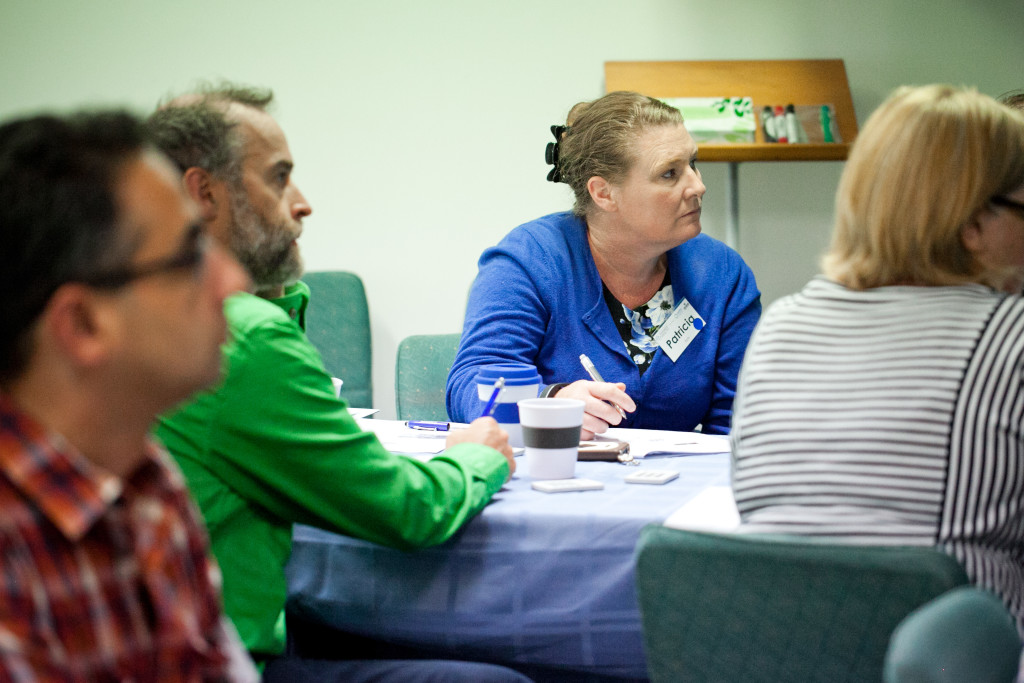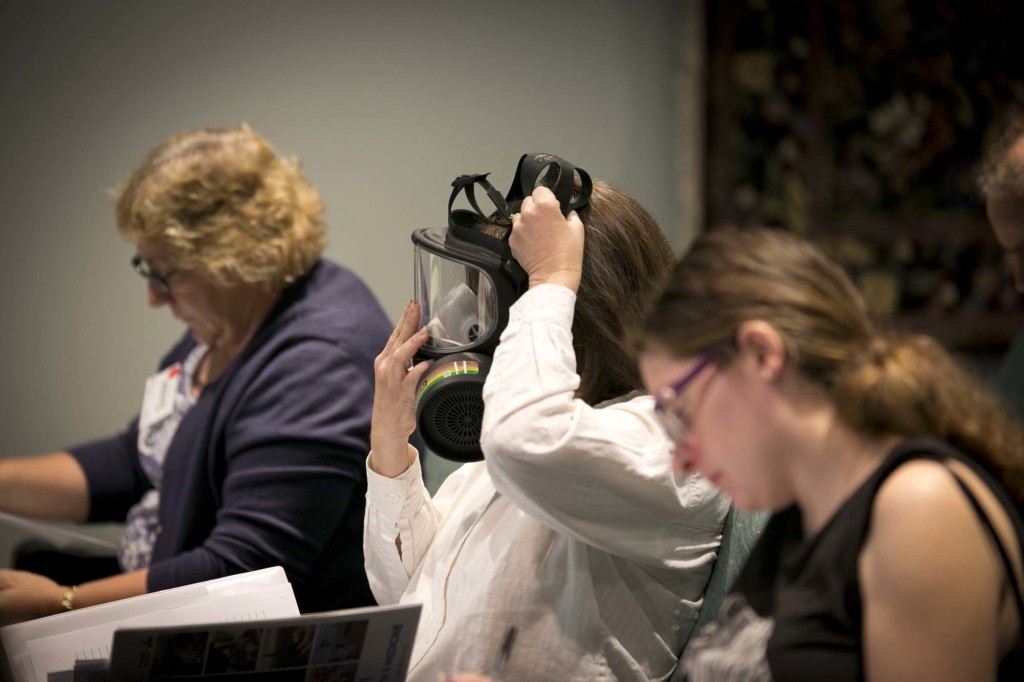- 31 20 566 5387
- g.vanderlaan@amc.uva.nl
Good practices in Rural Health: Australian course in Agricultural Medicine
The National Centre for Farmer Health in Hamilton, Australia organizes annually an intensive multidisciplinary training in agricultural health and medicine.
It aims to develop the next generation of rural and agricultural health leaders to improve the health, wellbeing and safety of rural and remote Australians.
Some observations of the Australian February 2016 Training Unit
Observations on an Australian Experience
Gert van der Laan (g.vanderlaan@occmed.eu) International Centre for Rural Health, University of Milan www.icrh.eu, Italy and Foundation Learning and Developing Occupational Health (LDOH) www.ldoh.net
Introduction
The National Centre for Farmer Health in Hamilton, part of the Deakin University’s School of Medicine, Australia organizes annually an intensive multidisciplinary training in agricultural health and medicine. It aims to develop the next generation of rural and agricultural health leaders to improve the health, wellbeing and safety of rural and remote Australians. It is inspired by the work of Kelley Donham in the USA, whose book is used as teaching material. In this note some observations of the Australian February 2016 Training Unit are made.
Participants
The Unit is open for graduate level students and professionals from nursing, medicine, health, agricultural science, agribusiness, social work, veterinary and environmental science backgrounds. This course was attended by 20 students including 8 registered nurses, 1 medical doctor, 1 paramedic, 4 agricultural/biological scientists, 2 agribusiness/farmers, 4 allied health professionals and included students from most states of Australia and 2 international students. Most of the participants have an agricultural background and some of them also run a family farm, which provides practical application and deep involvement in the course content.
It starts with a five-day intensive program with lectures, group work, farm and livestock saleyard visits. Lectures start and end with multiple-choice questions to assist with learning. Lectures are interactive and group work is integrated in the lectures. In the remainder of the trimester on-line tutoring, group work and on-going assessment is structured. During this period students have e-access to the University Library. During the farm visit students develop skills to do a walk-through survey and risk assessment. The curriculum covers a variety of topics on specific hazards like pesticides, zoonoses, injuries, mental and physical health and interventions/ prevention strategies. Students learn to evaluate critically the agricultural health literature and use online communication technologies to investigate and address agricultural and rural health problems. Also the organization of health and safety, occupational health assessment and remote emergency medicine are issues in this unit.
Hearing this question of a farmer to another farmer one would expect it is about the price of cattle or land. Australian farmers answer in terms of millimetres rainfall. Global warming is a big issue and new varieties of grass are developed with better resistance to drought and heat. Also water supply for the animals is a critical issue.
Career perspectives
Gert van der Laan, Chair ICOH SC Rural Health was observer and delivered a lecture in this course.
Kelley Donham , Anders Thelin. Agricultural Medicine second edition, 2016. ISBN-13: 978-1118647202
The course is accredited to offer continuing education and professional development points through a number of professional colleges and associations, including the Australian College of Rural and Remote Medicine. It can also be taken as an elective unit (worth 1 credit point) towards a postgraduate qualification at Deakin University and is a core unit of Australia’s only Graduate Certificate of Agricultural Health and Medicine. The unit is also a requirement for recognition as a health provider by AgriSafe Australia so it provides pay-back options. Student feedback is collected daily and also by the university eVALUate system where the course has performed well above faculty average.
Conclusion
This is a well-organized multidisciplinary blended learning course in Agricultural Health and Medicine.Success factors are:
• dedicated competent trainers with a rural background, who serve as a role-model.
• the blended (online and face-to-face) learning structure
• the multidisciplinary background of both teachers as course participants
• the incorporation of the programme in the Deakin University infrastructure with electronic access to the library
• the career perspectives that are offered and related pay-back options
Acknowledgment:
Susan Brumby, Clinical Associate Professor and founding director of the National Centre for Farmer Health; see: http://www.farmerhealth.org.au/
This website also provides more information on an e-course in Agricultural Health and Medicine and details of the AgriSafe Programme and is HONcode accredited.
Some pictures of the course (with permission to use)



